Vera and Donald Blinken Open Society Archives
Archival Lab
The Archival Lab is a virtual platform for showcasing archival experiments and project initiatives, as well as their deliverables stemming from the creative thinking of the Blinken OSA’s staff on the history, management, visualization, recontextualization and reuse of recorded information. These projects are conceptualized, researched and implemented individually, in group or in cooperation with external partners. They include mashups and GIS based applications; data analyses and visualizations; innovative, thematic digital repositories; archival research tools; interactive, multimedia, online exhibits; documentary films; and even artefacts or installations (re)using analog archival and library material.
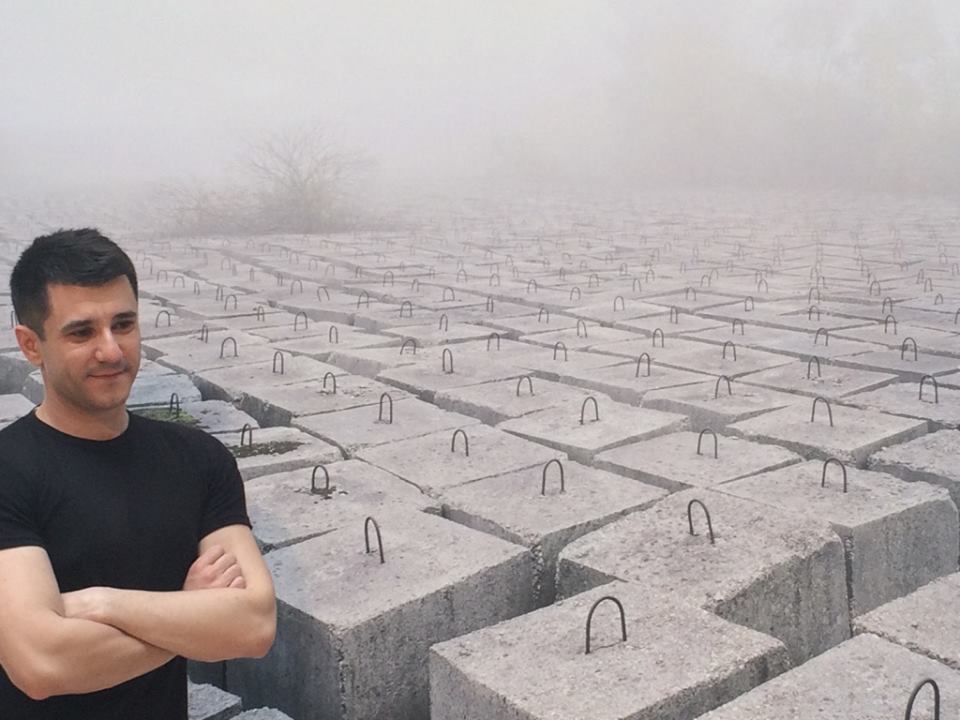
An experimental video documentation of and a research guide to the ongoing (re)archiving project of OSA’s Bosnian, Croatian and Serbian television broadcast collection from 1993-1999. This project film offers an insight into OSA’s non-linear, self-reflexive and transparent cataloging method, which aims at revealing epistemic questions and methodological dilemmas emerging during the work, catalogers’ behavior, and relevant curatorial answers and decisions resulting from the contemplations of the project staff members. Using archival footage from the collection to illustrate some of these issues, B-rolls on a contemporary archival environment and innovatively edited interviews, the film reflects the internal pace, the fragmented, often disrupted and deliberative-iterative nature of the project.
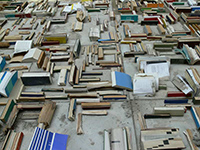
János Hübler and Nemere Kerezsi, two Ph. D. students at the Budapest Academy of Fine Arts (supervisor: György Jovánovics), have created this installation using two cubic meters of concrete and eighteen cubic meters of discarded books. Originally part of a large collection donated to the Central European University by Radio Free Europe’s research institute, the books, most of which had lost all relevance in the meantime, were offered to the public gratis. The eighteen cubic meters of books used for the installation are actually the leftovers, unwanted by the public.
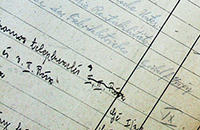
Parallel Archive (PA) is at once a personal scholarly workspace, a collaborative research environment, and a digital repository.
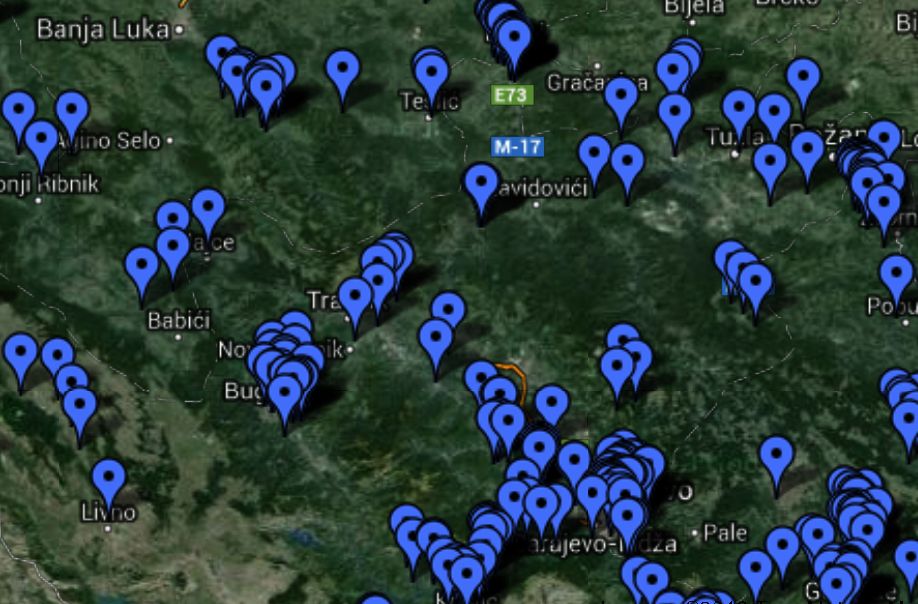
The second in OSA’s data visualization workshop series, this practice-oriented session focused on innovative exploitation of human rights data in analog and digital archival collections. It strived to explore the application of various contemporary visualization tools in order to enhance access to documents and data, visualize human rights themes and illustrate relational patterns across collections, and reveal hidden values of the records.
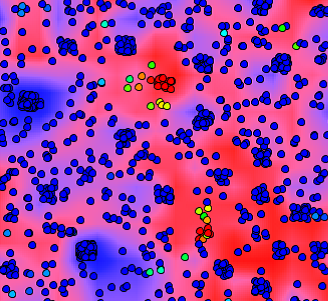
This workshop was the first in a series of events organized under the aegis of OSA ArchivaLab, whose aim is to create a knowledge hub for the dissemination of new data analytics in response to the pressing need to address the opportunities and challenges that both information professionals and humanities scholars face in the evolving digital world.
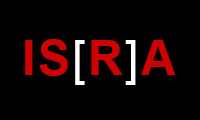
Run within the framework of the International Samizdat [Research] Association (IS[R]A), the Samizdat Text Corpora (STC) aims to bring together the various linguistic and regional bodies of samizdat to create a unified constellation of materials for scholarly research. The project rests on six pillars: Research; Rich Description; Integration; Network Mapping; Multiple Language Access; Community. As envisioned, the final product will comprise a union catalogue and digital repository of samizdat held by IS[R]A institutions and by individuals around the world and include tools for annotating texts and engaging in scholarly discussion with fellow researchers. The first stage, a project entitled Soviet Samizdat Periodicals (1956-1986), was initiated and supported by OSA and Dr. Ann Komaromi, through a grant from the Canadian Social Science and Humanities Research Council. The objective is to identify, locate, describe, and digitize Soviet samizdat periodicals created between 1956 and 1986 that are held in institutions in Europe and North America and to present our results online for research, education, and public debate.
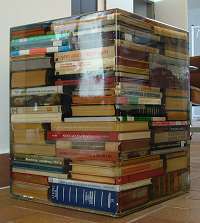
In 1995, OSA inherited 100,000 books on the history and economy of the Cold War period from the Radio Free Europe/Radio Liberty (RFE/RL). A large portion of that collection now forms the core of OSA's reference library while another portion has been donated to cultural institutions or offered gratis to the general public. The remaining 20,000 books, candidates for disposal, have been set aside for artistic projects, including our Concrete: Books Bound in Concrete exhibition held in June 2008 and more recently the Book Cube.The book cube itself is a public place object. 20 cubes have been made, standard in form but differing in content. The cubes were exhibited at 20 different cultural or academic sites, moving every year. The intention behind the project was to provoke public debate, performances, and programs on the relation of books to history and memory.
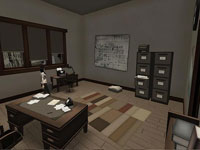
On May 30, 2007, OSA Archivum and the Swedish Institute opened Raoul Wallenberg's Office at the Embassy of Sweden in Second Life. The result was an interactive multimedia exhibit that not only has educational and humanitarian implications but also stretches the boundaries of what can be done with new technologies.Inside Wallenberg's Office, a replica of his Budapest office in 1944-45, visitors can listen to a performance of Wallenberg dictating his last, semi-fictional diplomatic report on January 16, 1945, the day before he disappeared. The unique and flexible environment allows visitors to explore Wallenberg's personal belongings and sift through and download the actual archival documents on display. Explanatory note cards and external web links offer further context. And of course, visitors can sit at Wallenberg's desk and discuss their impressions with other visitors in real time.

Between the two rounds of the 2002 parliamentary elections in Hungary, OSA Archivum publicly announced its intention to set up an archive of electronic campaign mail, inviting all recipients of email and cell phone text messages related to the parliamentary elections to forward them to designated accounts. A large number of people responded by forwarding messages supporting, criticizing, accusing, or parodying the parties and candidates standing for election. In 2006 OSA Archivum reopened its archive of electronic campaign letters, again inviting recipients of electronic messages related to the new parliamentary elections to forward these messages.The two collections are available on a dedicated website and together provide a unique snapshot of post-communist election campaigns. Messages were anonymized before being made available to the public. For English readers we offer translations of a selection of messages from 2002 along with a summary providing background information on the election and the personalities and parties involved. Based on the success of this project, the related Email Archive of the Civil Circles was set up in 2002 to collect and make public emails circulated by civil circles organized by the Nationalist-Conservative Coalition.

